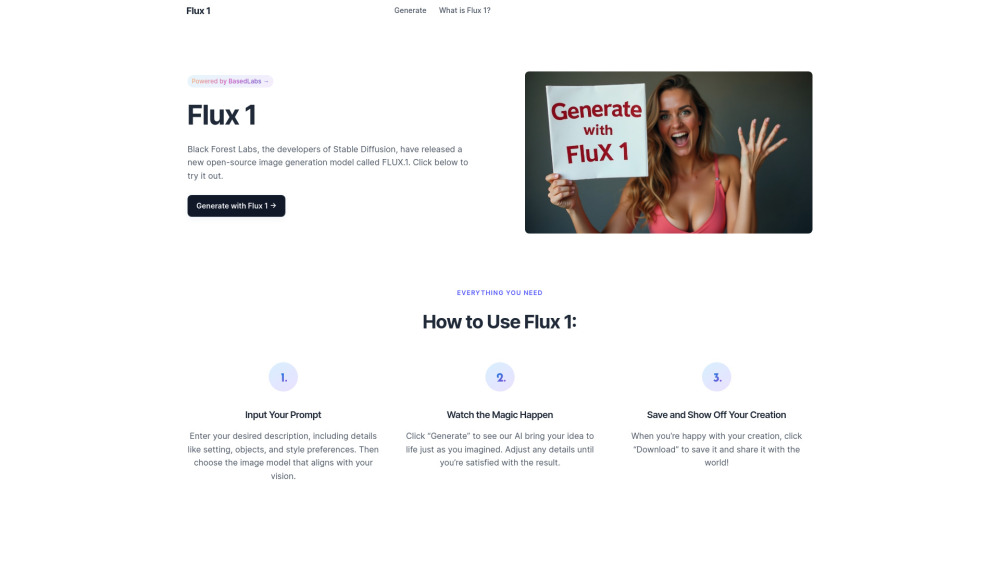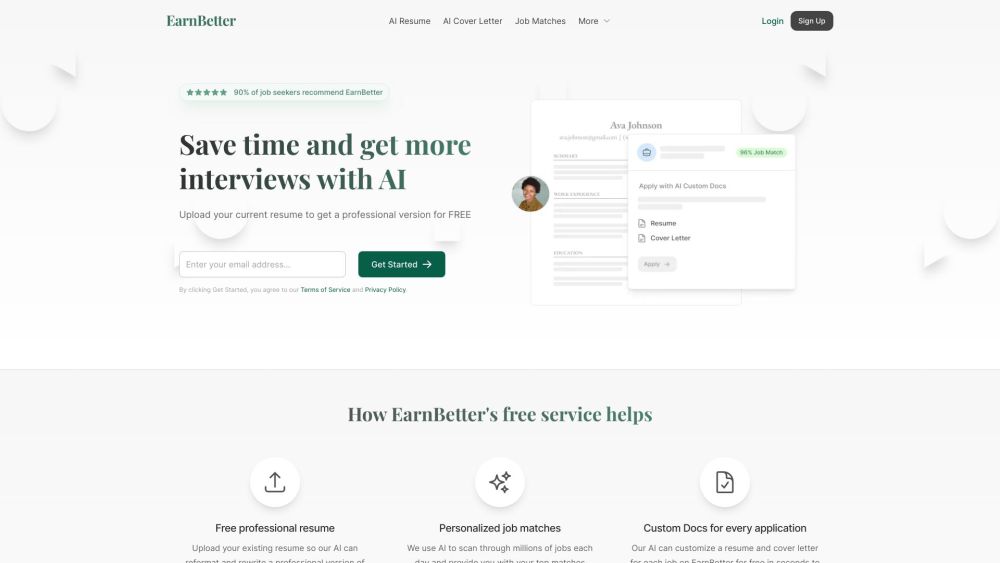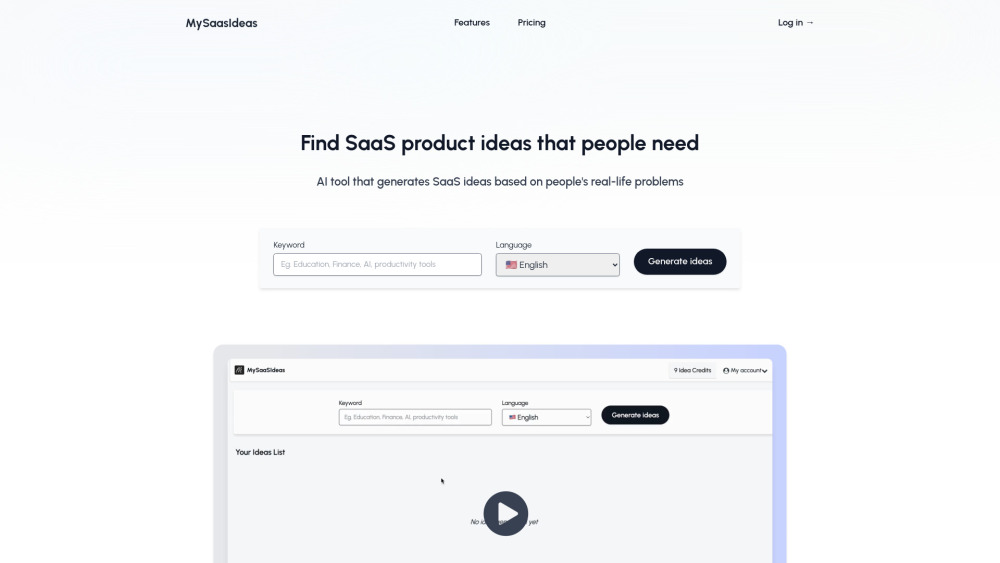Salesforce is advancing its AI initiatives with the introduction of native generative AI capabilities in Slack, branded as Slack AI, available to users starting today.
These features enhance user productivity by providing built-in search and summary functionalities that allow users to quickly locate information, significantly reducing the time spent—from several minutes to just seconds.
“New AI capabilities allow our customers to leverage Slack's collective knowledge, enabling smarter work, faster movement, and focusing on activities that drive innovation and growth. In the generative AI era, Slack serves as a trusted, conversational platform that boosts team productivity,” stated Denise Dresser, newly appointed CEO of Slack.
Enhance Productivity with Slack AI
Slack hosts various work-related discussions, from deal negotiations to marketing strategies. However, vital information often becomes siloed across channels, making it cumbersome for users to retrieve necessary details. Individuals frequently engage in extensive back-and-forth messaging, impeding their efficiency.
To address this, Salesforce is launching three key features within Slack: channel summaries, thread recaps, and AI-powered search.
With channel summaries and thread recaps, users can easily stay updated. By clicking a spark-shaped button, AI models analyze messages and generate concise summaries of discussions. Channels provide categorized lists of relevant topics, while threads yield single summaries. This ability ensures users remain informed, even when returning from extended absences or working across time zones, potentially saving them up to 30 minutes from scrolling and an additional hour spent summarizing discussions.
Efficient AI Summaries
Noah Weiss, CPO of Slack, highlighted that these models are uniquely tailored to each Slack instance, identifying significant clusters of related conversations for channel summaries. Transparency is also prioritized; users can click on summary links to view original messages and verify the information. If a summary lacks accuracy, users can rate it as 'bad.'
“This isn’t a black box model; you can drill into summaries and see message-level citations,” Weiss said.
In addition to summaries, the AI search feature provides a Q&A-like interface in the search bar. Users can ask specific questions, like “What’s the leave policy?” and receive precise answers along with related queries, streamlining the search process that once produced overwhelming amounts of information.
“It synthesizes answers from various conversations based on a deeper understanding of questions and discussions. This feature will be particularly transformative on mobile, allowing users to access critical information seamlessly before meetings,” Weiss explained. If there isn't sufficient evidence to answer a query, the AI will acknowledge it rather than generate incorrect information.
AI Capabilities and Future Developments
To implement these features, Slack utilized public AI models from third-party providers, fine-tuning them within its secure virtual cloud environment, ensuring data privacy. Currently, these AI tools are available for U.S. and U.K. English users on Slack's Enterprise plans, with plans for expansion to additional languages and plans.
Slack's development team has been refining these features over the past year, leveraging feedback from users within organizations like SpotOn and Uber, resulting in an average weekly time savings of 97 minutes.
Weiss indicated that this launch marks the beginning of new AI functionalities in Slack. Future enhancements include a digest feature that summarizes key conversations from less active channels, allowing users to stay informed effortlessly. Additionally, Salesforce’s Einstein Copilot will be integrated into Slack, enabling users to query customer data seamlessly while working within the platform.





